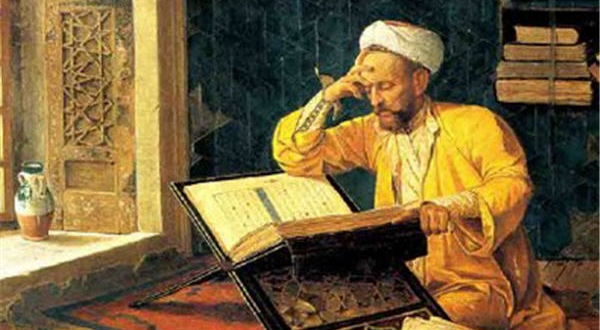

The collection of classical works and their translation into the Arabian language initiated a period which is known today as the Islamic Golden Age. During the time of the Umayyad Caliphate, at latest, the scholars of the emerging Islamic society had become familiar with the classical philosophical and scientific traditions of the world they had conquered. The early Muslim conquests brought about Arab Muslim rule over large parts of the Hellenistic world. The inclusion of these sciences sometimes reflects the personal interests of their donors, but also indicates that scholars often study various different sciences.

The educational activities of the madrasas focuses on the law, but also includes what Zaman (2010) called "Sharia sciences" (al-ʿulūm al-naqliyya) as well as the rational sciences like philosophy, astronomy, mathematics or medicine. Īs Berkey (1992) has described in detail for the education in medieval Cairo, unlike medieval Western universities, in general madrasas have no distinct curriculum, and do not issue diplomas. Moreover, the donor is free to specify in detail the curriculum, as was shown by Ahmed and Filipovic (2004) for the Ottoman imperial madrasas founded by Suleiman the Magnificent. The donor could also specify the subjects to be taught, the qualification of the teachers, or which madhhab the teaching should follow. In later times, the deeds of endowment were issued in elaborate Islamic calligraphy, as is the case for Ottoman endowment books (vakıf-name). They may provide boarding and salaries to a limited number of teachers, and boarding for a number of students out of the revenue from religious endowments ( waqf), allocated to a specific institution by the donor. From the time of the Persian Ilkhanate (1260–1335 AD) and the Timurid dynasty (1370–1507 AD) onwards, madrasas have often become part of an architectural complex which also includes a mosque, a Sufi ṭarīqa, and other buildings of socio-cultural function, like baths or a hospital.

The Mustansiriya, established by the Abbasid caliph Al-Mustansir in Baghdad in 1234 AD, was the first to be founded by a caliph, and also the first known to host teachers of all four major madhhab known at that time. The most famous early madrasas are the Sunni Niẓāmiyya, founded by the Seljuk vizir Nizam al-Mulk (1018–1092) in Iran and Iraq in the 11th century. The institution likely came up in Khurasan during the 10th century AD, and spread to other parts of the Islamic world from the late 11th century onwards. The traditional place of higher education is the madrasa. Part of a series on IslamĮndowment Charter (Waqfiyya) of the Hürrem Sultan Mosque, Madrasa and Imaret (soup-kitchen). Illustration by Yahyá al-Wasiti, Baghdad, 1237.


 0 kommentar(er)
0 kommentar(er)
